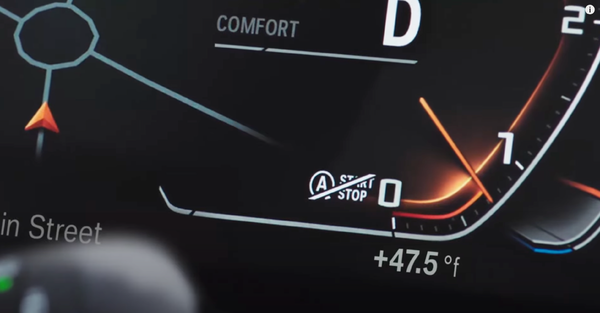
The E.P.A. under Trump is moving to eliminate credits to carmakers for the fuel-saving start-stop function.

Would you be willing to pay more for gas if your car could be a little less annoying?
If you’ve ever noticed a gas-powered engine shutting off during a red light, that’s the start-stop feature. Its adoption has skyrocketed since 2012, when the Environmental Protection Agency started subsidizing the feature with credits to manufacturers.
But under the Trump administration, the agency is threatening to eliminate those credits. In a post on X, the agency’s administrator, Lee Zeldin, said that start-stop technology was just a “climate participation trophy” for companies, and that “everyone hates it.”
Though the technology has its skeptics, research says it does effectively cut fuel consumption and emissions. Most studies on start-stop technology show real-world fuel use reductions of 5 to 10 percent, depending on driving patterns. One study found that start-stop begins to save fuel when the engine is off for as little as seven seconds during an idling period.
But if the E.P.A. ends its credits, could it spell doom for the feature? And where would that leave automakers and drivers?
Most of the complaints fall in a few categories. Some skeptics believe that it doesn’t really save on gas, or that it adds wear and tear to the engine. Others worry about not having control of the car, or about having the air-conditioning turn off with the engine on hot days.
| Feature | Percent adopted | Example |
|---|---|---|
| Infrared Glass Glazing | 90% | Coatings on the glass surface reduce heat to the cabin |
| High Efficiency Lighting | 89% | LED headlights |
| Active Aerodynamics | 60% | Grill shutters that change shape at high speed to reduce drag |
| Active Engine Warm-Up | 51% | System that passes heat from vehicle to heat up engine |
| Active Seat Ventilation | 20% | System that moves air through seating surface to cool passengers |
| Solar Coating | 14% | Paint coating reflects heat to keep cabin cool |
| Administration | CO2 emissions standards |
|---|---|
| Obama | 5% reduction per year |
| Trump (1st term) | 1.5% reduction per year |
| Biden | 8.5% reduction per year |
| Trump (2nd term) | No rule change proposed yet |
| Manufacturer | Percentage | |
|---|---|---|
| Volkswagen |
95% |
|
| BMW |
91% |
|
| General Motors |
91% |
|
| Honda |
88% |
|
| Mercedes |
76% |
|
| Subaru |
76% |
|
| Ford |
69% |
|
| Stellantis |
69% |
|
| Kia |
62% |
|
| Hyundai |
45% |
|
| Nissan |
44% |
|
| Toyota |
36% |
|
| Mazda |
5% |
|
![[GOOD PRESS] ON[GOOD PRESS] ON](https://georgemagazine.com/wp-content/uploads/2024/08/16389056566437433941_2048-300x300.jpeg)


